In today’s blog post, we will delve into the world of teeth bonding – a popular cosmetic dental procedure that has become increasingly sought after by individuals looking to enhance their smile. With its ability to provide a quick and painless solution to a variety of dental issues, teeth bonding offers a multitude of benefits over other options. We will explore how this procedure works, its numerous advantages, and showcase some remarkable before and after transformations. Additionally, we will address common dental issues that can be fixed with teeth bonding, its cost, longevity, and provide tips on maintaining the results for a long-lasting and radiant smile.
What Is Teeth Bonding?
Teeth bonding is a dental procedure that involves the application of a tooth-colored resin material to the teeth in order to improve their appearance. This procedure is often used to repair teeth that are chipped, cracked, or stained, as well as to fill in gaps between teeth or to change the shape of teeth. Teeth bonding is a popular option for those looking to enhance their smile without undergoing more invasive procedures like dental veneers or crowns.
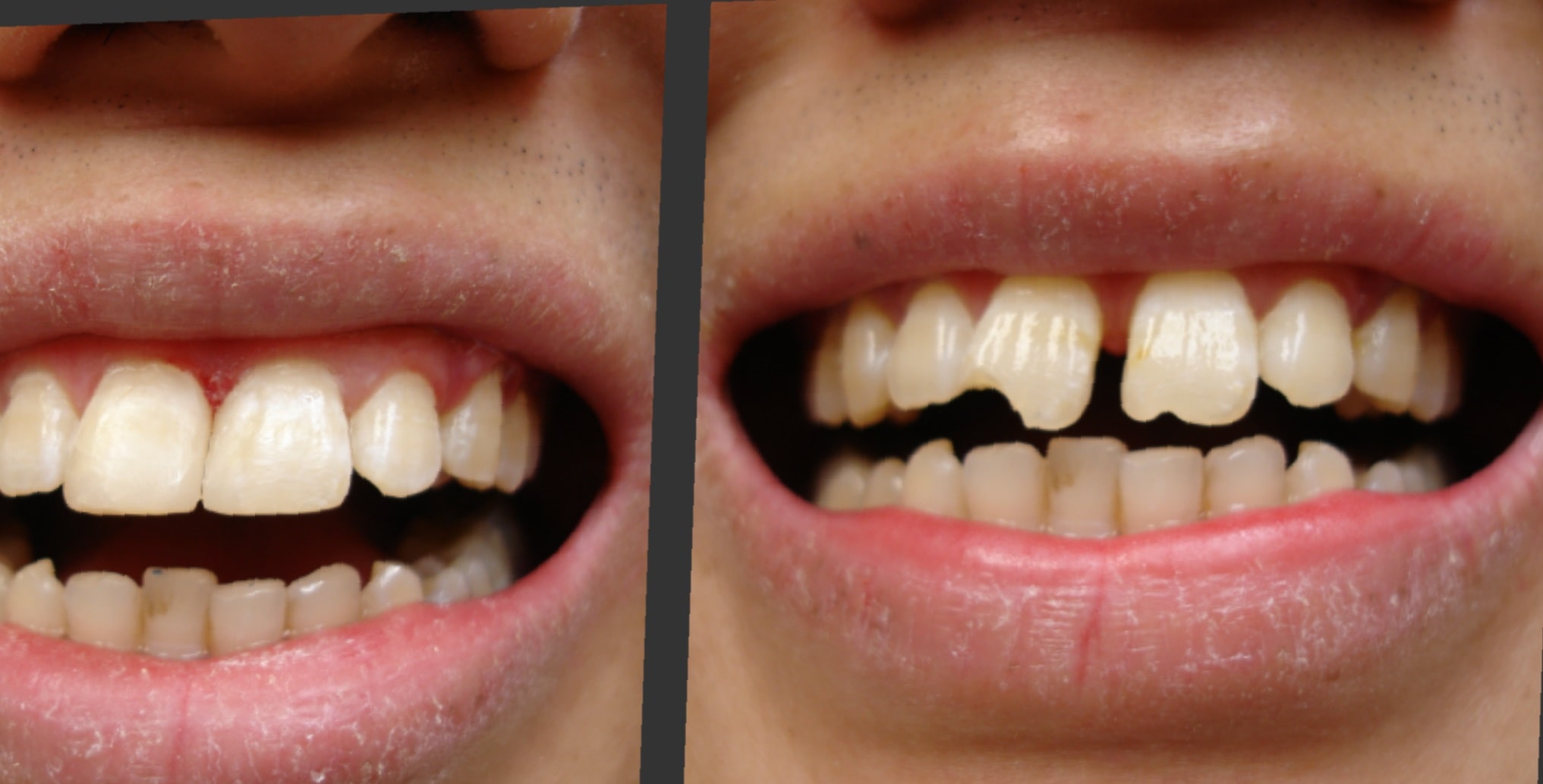
Teeth bonding offers several advantages over other cosmetic dental options. Firstly, it is a relatively quick and painless procedure, often requiring only one visit to the dentist. Additionally, teeth bonding is a less expensive alternative to veneers or crowns. The use of resin material also allows for more conservative tooth preparation, as less enamel needs to be removed compared to other procedures. Furthermore, the color of the bonding material can be customized to match the natural color of the patient’s teeth.
The process of teeth bonding involves several steps. Firstly, the dentist will prepare the tooth surface by roughening it and applying a conditioning liquid. This helps the bonding material adhere to the tooth. Next, the dentist will apply the resin material to the tooth and shape it to achieve the desired result. A special light is then used to harden the material, after which the dentist will further trim and polish it to match the natural teeth. The entire process is typically completed within one to two hours.
Why Choose Teeth Bonding Over Other Options?
Choosing the right dental treatment can be a daunting task, especially when there are so many available options. One popular option that many people consider is teeth bonding. But why choose teeth bonding over other alternatives? In this blog post, we will explore the reasons why teeth bonding may be the ideal choice for you.
Teeth bonding is a cosmetic dental procedure in which a tooth-colored resin material is applied and bonded to the tooth. This procedure is versatile and can be used to address various dental issues such as chipped or cracked teeth, gaps between teeth, stains or discoloration, and even to change the shape of teeth. Unlike other treatments, teeth bonding provides a simple and quick solution to enhance the appearance of your smile.
One of the key advantages of teeth bonding is its affordability. Compared to other cosmetic dental treatments such as veneers or crowns, teeth bonding tends to be more cost-effective. The materials used in teeth bonding are also readily available, making it a more accessible option for many individuals seeking to improve their smile on a budget.

- Teeth bonding also offers the advantage of being a non-invasive and painless procedure. Unlike other treatments that may require tooth reduction or drilling, teeth bonding typically does not require the removal of healthy tooth structure. This means that the procedure can often be performed without the need for anesthesia, reducing any potential discomfort or anxiety during the treatment process.
| Benefits of Teeth Bonding: |
| 1. Affordable compared to other dental treatments. |
| 2. Non-invasive procedure that preserves natural teeth. |
| 3. Quick and efficient solution to address various dental issues. |
| 4. Immediate results with minimal downtime. |
| 5. Customizable to match the color and shape of your existing teeth. |
In conclusion, teeth bonding offers several advantages that make it a favorable choice over other dental options. Its affordability, non-invasiveness, and ability to address various dental issues make it an attractive option for many individuals looking to enhance their smile. If you are considering dental treatment, it is worth discussing teeth bonding with your dentist to determine if it is the right choice for you.
How Does Teeth Bonding Work?
Teeth bonding is a popular dental procedure that helps improve the appearance of teeth by repairing minor imperfections. It is a relatively simple and affordable cosmetic treatment that can be performed by a dentist. But what exactly is teeth bonding and how does it work?
Teeth bonding, also known as dental bonding or composite bonding, involves the application of a tooth-colored resin material to the surface of the teeth. This resin is then carefully shaped and molded to match the natural contours of the teeth. The resin is hardened with the help of a special light, which bonds it to the teeth and creates a strong and durable restoration.
The process of teeth bonding starts with the dentist preparing the teeth by roughening the surface and applying a conditioning liquid. This helps the bonding material adhere to the teeth effectively. The dentist then applies the tooth-colored resin in layers, carefully sculpting and shaping it to achieve the desired look.
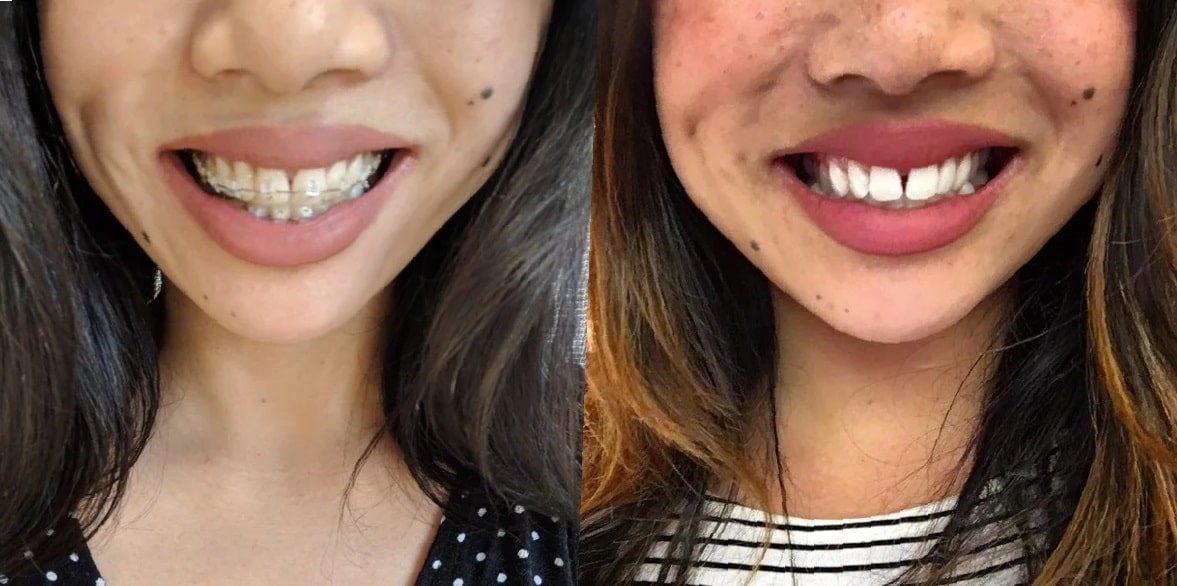
- The dentist uses various dental instruments to shape the resin, ensuring that it blends seamlessly with the rest of the teeth. This step is crucial in achieving natural-looking results.
- Once the desired shape and appearance are achieved, the resin is hardened using a special dental light. This process, called curing, takes only a few seconds for each layer of resin.
- After the resin is fully cured, the dentist further refines and polishes it to give it a smooth and glossy finish. This step helps improve the aesthetics and longevity of the bonding.
| Pros | Cons |
|---|---|
| 1. Natural-looking results | 1. Not as durable as other options |
| 2. Quick and minimally invasive procedure | 2. Can stain over time |
| 3. Affordable compared to alternatives | 3. May require replacement in the long run |
Teeth bonding is an excellent option for addressing various dental issues such as chipped teeth, tooth discoloration, gaps between teeth, and minor tooth misalignment. It can also be used to fix the shape and size of teeth, creating a more symmetrical and harmonious smile.
Benefits Of Teeth Bonding
Teeth bonding is a common dental procedure that offers numerous benefits to patients. It involves the application of a tooth-colored composite resin material to repair or enhance the appearance of teeth. The resin is shaped and polished to match the natural color and texture of the surrounding teeth, resulting in a seamless and natural-looking smile.
One of the main benefits of teeth bonding is its ability to fix various cosmetic dental issues. Whether you have chipped, cracked, or discolored teeth, bonding can help restore the shape, size, and color of your pearly whites. It can also be used to close small gaps or spaces between teeth, giving you a more uniform and attractive smile.
Another advantage of teeth bonding is its relatively easy and non-invasive procedure. Unlike other cosmetic dental treatments, such as veneers or crowns, bonding typically does not require the removal of a significant amount of tooth enamel. This means that more of your natural tooth structure is preserved, making bonding a conservative option for smile enhancement.

- Improved aesthetics: Teeth bonding can greatly enhance the appearance of your smile, giving you a boost in self-confidence and improving your overall facial aesthetics.
- Quick and convenient: Bonding is a relatively quick procedure that can often be completed in just one visit to the dentist. This makes it a convenient option for individuals with busy schedules.
- Minimal discomfort: Unlike some dental treatments, teeth bonding is usually painless and generally does not require anesthesia. This means that you can have your smile transformed without any significant discomfort.
| Advantages of Teeth Bonding | Disadvantages of Teeth Bonding |
|---|---|
| 1. Affordable compared to other dental procedures | 1. Not as durable or long-lasting as other options such as veneers or crowns. |
| 2. Requires minimal alteration of natural tooth structure | 2. Prone to staining and discoloration over time |
| 3. Can be completed in a single dental visit | 3. Not suitable for more severe dental issues or misalignments |
Before And After Transformations With Teeth Bonding
Teeth bonding is a cosmetic dental procedure that has gained popularity in recent years due to its ability to transform the appearance of a person’s smile. This procedure is often used to fix various dental issues such as chipped, cracked, discolored, or misaligned teeth. With the use of a tooth-colored resin material, the dentist can restore and enhance a person’s smile, achieving remarkable before and after transformations.
One of the main reasons why people choose teeth bonding over other options is its versatility. Unlike other cosmetic dental procedures, such as veneers or crowns, teeth bonding is a non-invasive and relatively quick procedure. The dentist molds and shapes the resin material directly onto the tooth surface, matching its color to the surrounding teeth. This means that multiple teeth can undergo bonding in a single dental visit, resulting in a complete smile makeover in just one session.
Teeth bonding works by first preparing the tooth surface. The dentist starts by roughening the surface and applying a conditioning liquid to help the resin material adhere properly. The tooth-colored resin is then applied, layer by layer, onto the tooth surface, reshaping and sculpting it to achieve the desired look. Once the desired shape is achieved, the resin is hardened using a special light, and any necessary adjustments are made to ensure a perfect fit and natural appearance.
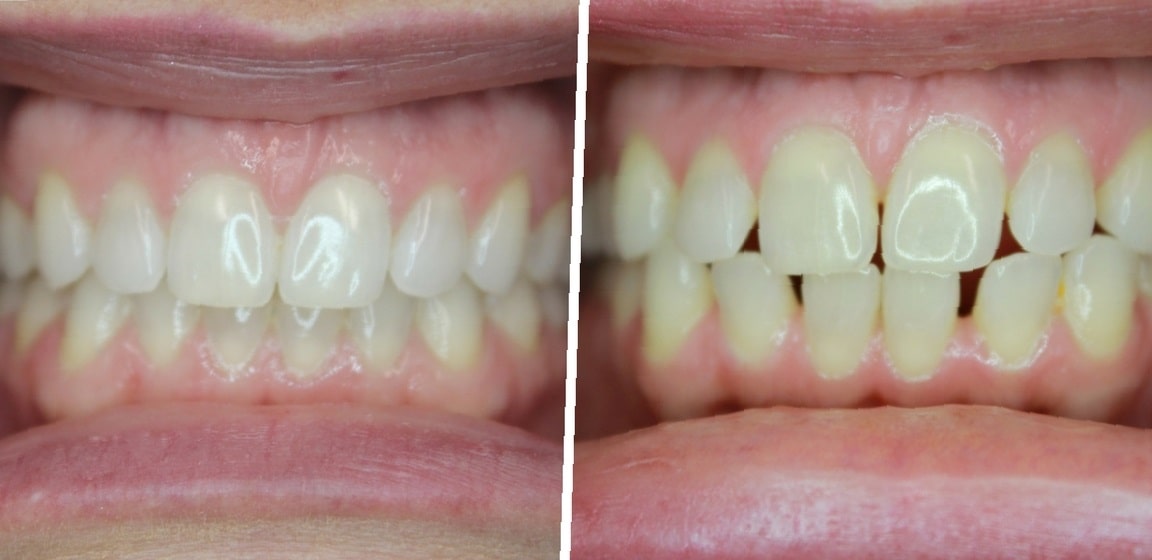
| Benefits of Teeth Bonding: |
|---|
|
|
|
|
One of the most impressive aspects of teeth bonding is the significant difference it can make in a person’s smile before and after the procedure. Chips, cracks, and stains can be effectively concealed, giving the teeth a more uniform and aesthetically pleasing appearance. Moreover, the bonding material is color-matched to the surrounding teeth, ensuring a natural look. With before and after photos, patients can easily visualize the transformation and feel confident about their decision to undergo teeth bonding.
Common dental issues fixed with teeth bonding include gaps between teeth, minor misalignments, worn enamel, and even making teeth appear longer or wider. However, it’s important to note that teeth bonding is not suitable for all dental problems. Major orthodontic issues or severe damage may require alternative treatments. Consulting with a dentist is key to determining the best dental solution for individual cases.
Common Dental Issues Fixed With Teeth Bonding
Teeth bonding is a popular dental procedure that can effectively fix a variety of common dental issues. Whether it’s a chipped tooth, a small gap between teeth, or a discolored tooth, teeth bonding can provide a simple and affordable solution. This treatment involves applying a tooth-colored resin material to the affected tooth and then bonding it securely in place. Unlike other dental options, teeth bonding offers a quick and non-invasive way to address these dental concerns.

One of the major advantages of choosing teeth bonding over other options is its versatility. With bonding, dental issues such as chips, cracks, and small gaps between teeth can be easily fixed. In addition, it can also be used to improve the appearance of discolored teeth, providing a more natural and even smile. Unlike crowns or veneers, teeth bonding requires minimal alteration of the tooth structure, making it a more conservative approach that results in a more natural-looking outcome.
So how does teeth bonding actually work? During the procedure, the dentist will first choose a resin color that matches the shade of your natural teeth. The tooth surface will then be prepared by roughening it and applying a conditioning liquid. Next, the putty-like resin material will be applied, shaped, and molded to achieve the desired result. To harden and bond the material to the tooth, a special ultraviolet light or laser will be used. Finally, the bonded tooth will be buffed and polished to match the surrounding teeth.
- Chipped or cracked teeth: Teeth bonding can effectively restore the shape and structure of a chipped or cracked tooth, giving it a seamless appearance.
- Small gaps between teeth: Bonding can close small gaps between teeth, improving the overall alignment and aesthetics of your smile.
- Discolored teeth: Teeth bonding can cover up stains and discoloration, helping to achieve a whiter and brighter smile.
| Advantages of Teeth Bonding |
|---|
| Quick and non-invasive procedure |
| Cost-effective compared to other options |
| Minimal alteration of tooth structure |
| Can be completed in a single dental visit |
Overall, teeth bonding is a versatile and cost-effective dental treatment that can effectively fix a range of common dental issues. Whether you have a chipped tooth or a small gap between your teeth, teeth bonding offers a simple and conservative solution. By choosing teeth bonding, you can achieve a beautiful and natural-looking smile without the need for more extensive dental procedures.
Does Teeth Bonding Require Anesthesia?
Teeth bonding is a popular cosmetic dental procedure that involves applying a tooth-colored resin material to the teeth to improve their appearance. It is a quick and relatively painless procedure that can fix a variety of dental issues, such as repairing chipped or cracked teeth, closing gaps between teeth, and even lengthening teeth that appear too short. However, one common question that arises when considering teeth bonding is whether or not anesthesia is required.
The good news is that teeth bonding is typically a painless procedure and does not usually require anesthesia. The process begins with the dentist roughening the surface of the tooth using a special gel or tool. This helps the bonding material adhere to the tooth more effectively. Then, the dentist applies the resin material to the tooth in layers, shaping and sculpting it to achieve the desired look. The resin is then hardened using a special light, and any final adjustments are made before polishing the tooth to give it a natural, smooth finish.
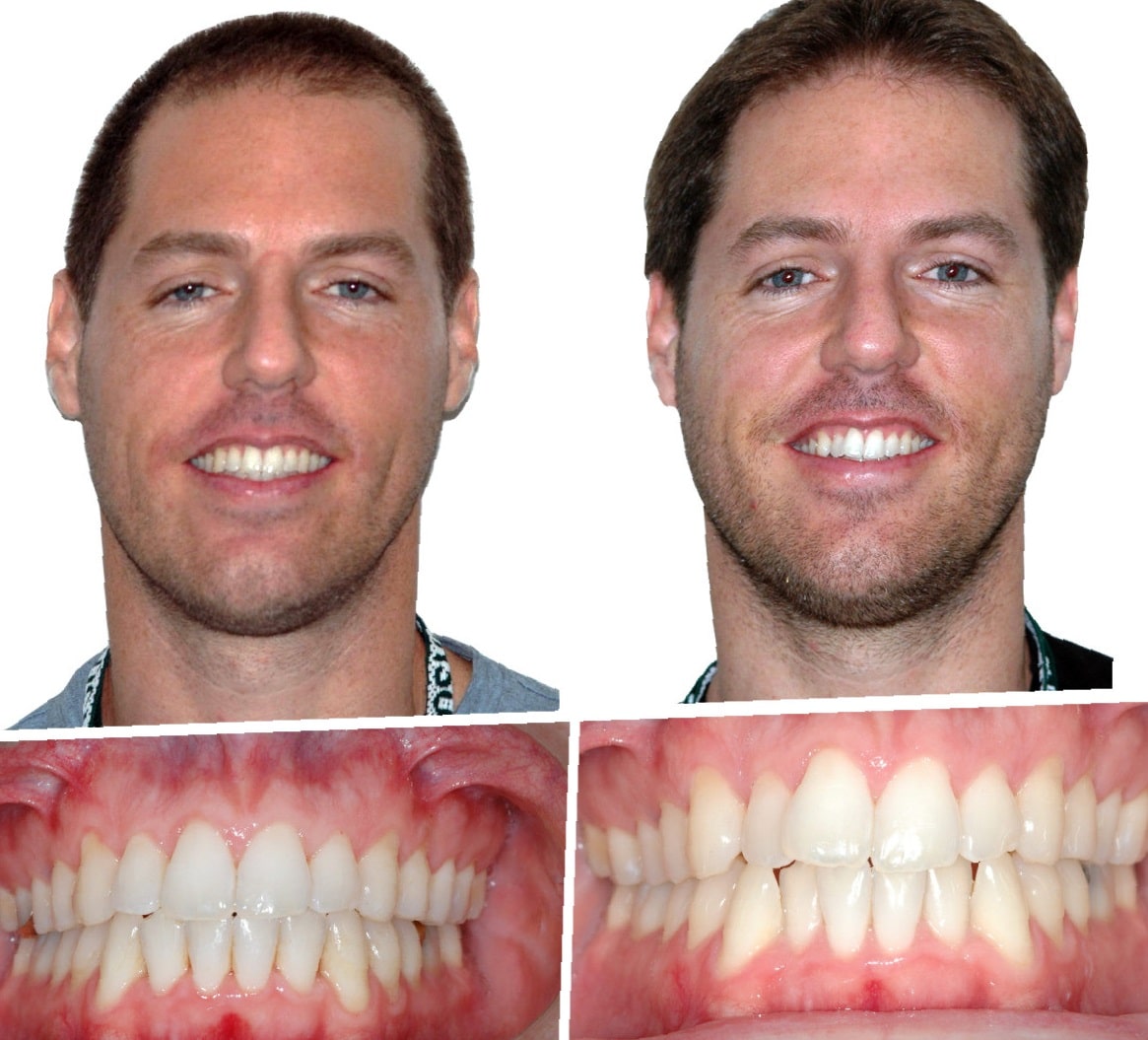
Since teeth bonding is a non-invasive procedure, anesthesia is rarely necessary. However, there may be some cases where the dentist may recommend the use of anesthesia for patients who have extremely sensitive teeth or dental anxiety. The use of local anesthesia can help ensure that the patient remains comfortable throughout the procedure. It is always best to discuss any concerns or preferences regarding anesthesia with your dentist before undergoing teeth bonding.
The Cost Of Teeth Bonding
Teeth bonding is a popular cosmetic dental procedure that can improve the appearance of your smile. It is a cost-effective alternative to other dental options such as veneers or crowns. But how much does teeth bonding actually cost? Let’s dive into the factors that contribute to the cost of teeth bonding.
When determining the cost of teeth bonding, several factors come into play. Firstly, the location of your dental practice can affect the price. Dental services in urban areas tend to be more expensive compared to rural areas. Additionally, the experience and expertise of the dentist performing the procedure can impact the cost. Highly skilled and experienced dentists may charge more for their services.
Furthermore, the extent of the dental bonding required can influence the cost. If you need bonding for just one or two teeth, the overall cost will be lower compared to bonding multiple teeth. Additionally, the complexity of the bonding procedure, such as repairing chipped teeth or filling in gaps, can affect the overall cost. It’s important to consult with your dentist to get an accurate estimate based on your specific dental needs.
| Factors Affecting the Cost of Teeth Bonding |
|---|
|
|
|
|
On average, the cost of teeth bonding can range from $300 to $600 per tooth. However, this cost can vary depending on the factors mentioned above. It’s important to note that dental insurance may not cover the cost of cosmetic procedures such as teeth bonding. Therefore, it’s crucial to discuss the financial aspect with your dentist beforehand.
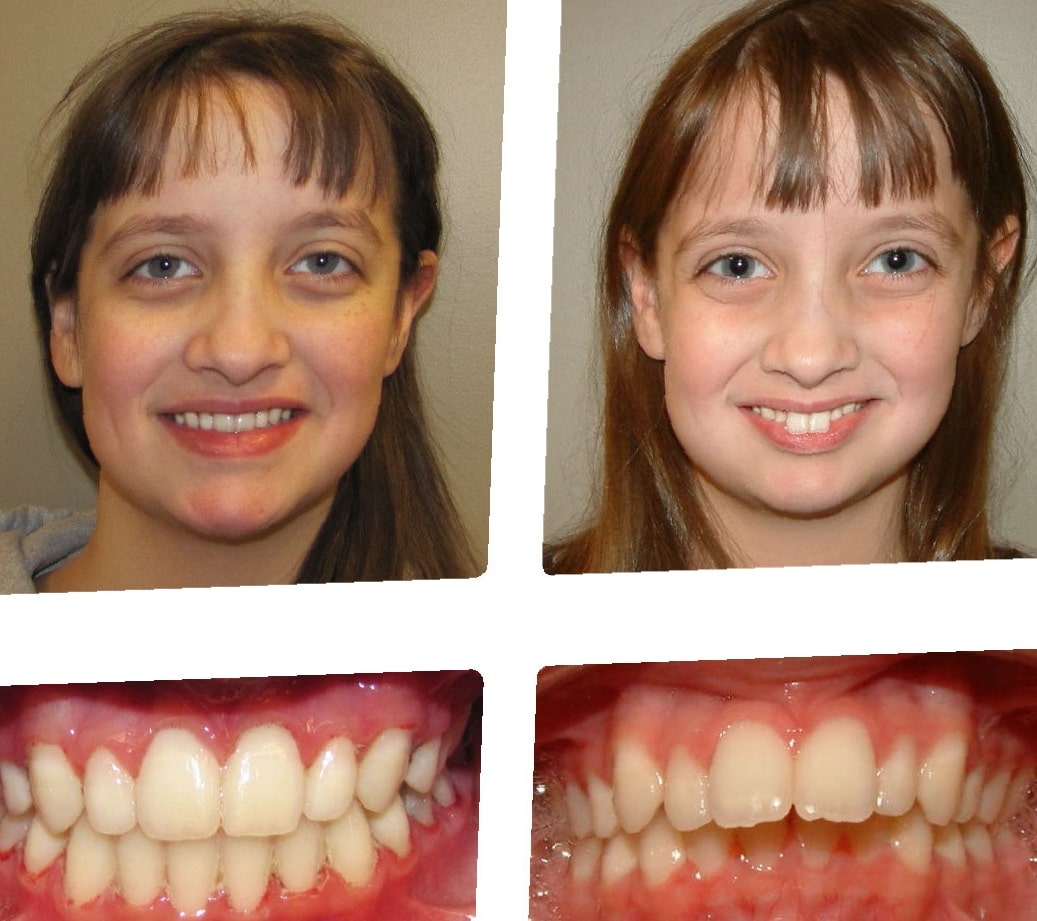
While teeth bonding may have a cost associated with it, many individuals find it to be a worthwhile investment. The procedure can enhance the appearance of your smile, boost your confidence, and improve your overall self-esteem. If you’re considering teeth bonding, it’s recommended to consult with a qualified dentist who can provide you with the best treatment plan and cost estimate based on your individual needs.
How Long Does Teeth Bonding Last?
Teeth bonding is a dental procedure that is becoming increasingly popular among individuals looking to improve the appearance of their teeth. It is a simple and cost-effective cosmetic treatment that can address various dental issues such as chipped, cracked, or misaligned teeth. One common question that arises when considering teeth bonding is “how long does it last?”
The durability of teeth bonding depends on several factors, including the individual’s oral hygiene routine, eating habits, and the material used for the bonding. On average, teeth bonding can last anywhere from 3 to 10 years. However, with proper care and maintenance, it is possible for the bonding to last even longer.
During the teeth bonding procedure, a composite resin material is applied to the affected teeth and shaped to achieve the desired look. This material is customizable in terms of color to match the natural shade of the teeth. Despite being durable, the bonding material is not as strong as natural tooth enamel and can be prone to wear and tear over time.
- Here are a few tips to help extend the lifespan of teeth bonding:
- Practice good oral hygiene: Brush your teeth twice a day and floss daily to prevent plaque buildup and maintain the bonding material’s integrity.
- Avoid bad dental habits: Avoid biting your nails, chewing ice, or using your teeth as tools to prevent accidental chips or damage to the bonding.
- Limit staining foods and drinks: Consuming excessive amounts of coffee, tea, or red wine can cause the bonding material to become discolored. Limiting your intake of these substances can help preserve the appearance of the bonding.
It is essential to schedule regular dental check-ups and cleanings to monitor the condition of the teeth bonding. Your dentist can ensure that the bonding remains in good condition and make any necessary repairs or touch-ups if required.
In summary, while teeth bonding is not a permanent solution, it offers a relatively long-lasting aesthetic improvement for individuals seeking to correct various dental imperfections. With proper care and regular dental visits, you can enjoy the benefits of teeth bonding for many years.
Maintaining The Results Of Teeth Bonding
Teeth bonding is a popular cosmetic dental procedure that can help improve the appearance of your smile. It involves the application of a composite resin material to the teeth, which is then bonded and hardened using a special light. This treatment can be used to fix various dental issues, such as chipped or cracked teeth, gaps between teeth, and discoloration.
Once you have undergone teeth bonding and achieved the desired results, it is important to take proper care of your bonded teeth to ensure their longevity and maintain their appearance. Here are a few tips for maintaining the results of teeth bonding:
- Oral hygiene: Good oral hygiene practices, such as brushing your teeth twice a day with a soft-bristled toothbrush and fluoride toothpaste, along with flossing daily, are essential for maintaining the results of teeth bonding. This will help prevent the buildup of plaque and tartar, which can dull the appearance of bonded teeth.
- Avoiding stain-causing substances: Certain foods and beverages, such as coffee, tea, red wine, and berries, can stain your teeth, including bonded teeth. To maintain the results of teeth bonding, it is best to limit your consumption of these stain-causing substances or rinse your mouth with water after consuming them.
- Avoiding biting or chewing on hard objects: While teeth bonding is a durable treatment, it is important to avoid biting or chewing on hard objects, such as ice, pencils, or fingernails, as this can potentially damage or chip the bonded material. Using your teeth as tools, such as opening packages or bottles, should also be avoided.
In addition to these tips, regular dental check-ups and professional cleanings are crucial for maintaining the results of teeth bonding. During these check-ups, your dentist can assess the condition of your bonded teeth and make any necessary adjustments or repairs.
| Benefits of Maintaining Teeth Bonding Results: |
|---|
|
By following these maintenance tips and staying consistent with your dental care routine, you can ensure that the results of your teeth bonding treatment remain intact and provide you with a confident smile for years to come.

Frequently Asked Questions
What is teeth bonding?
Teeth bonding is a cosmetic dental procedure in which a tooth-colored composite resin material is applied to the surface of a tooth to improve its appearance.
Why choose teeth bonding over other options?
Teeth bonding is a cost-effective solution compared to other cosmetic dental procedures such as veneers or crowns. It is also a relatively quick and painless procedure.
How does teeth bonding work?
During the teeth bonding procedure, the dentist will roughen the tooth’s surface and apply a conditioning liquid. Then, they will mold and shape the composite resin onto the tooth, followed by applying a special light to harden and bond the material to the tooth.
What are the benefits of teeth bonding?
Teeth bonding can repair chipped or cracked teeth, close gaps between teeth, reshape misaligned teeth, and improve the overall appearance of a smile. It is also a conservative option that requires minimal alteration of the tooth structure.
Can you see before and after transformations with teeth bonding?
Yes, before and after transformations with teeth bonding can be seen by looking at photographs or asking the dentist for examples of previous cases they have worked on.
What common dental issues can be fixed with teeth bonding?
Teeth bonding can fix chipped or cracked teeth, discolored teeth, uneven tooth length, gaps between teeth, and minor tooth misalignments.
Does teeth bonding require anesthesia?
In most cases, teeth bonding does not require anesthesia as it is a painless procedure. However, if the bonding is being done to repair a decayed tooth or if the patient is sensitive to dental treatments, local anesthesia may be used to ensure comfort.
What is the cost of teeth bonding?
The cost of teeth bonding can vary depending on factors such as the complexity of the procedure, the dentist’s experience, and the location. On average, teeth bonding can range from $200 to $600 per tooth.
How long does teeth bonding last?
The lifespan of teeth bonding can vary, but it typically lasts between 5 to 10 years. Good oral hygiene practices and regular dental check-ups can help maintain the longevity of the bondings.
How can I maintain the results of teeth bonding?
To maintain the results of teeth bonding, it is important to practice good oral hygiene habits, including regular brushing and flossing. Avoiding habits such as biting on hard objects and avoiding staining foods and drinks can also help prolong the lifespan of the bonding.

Comments are closed.